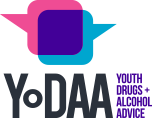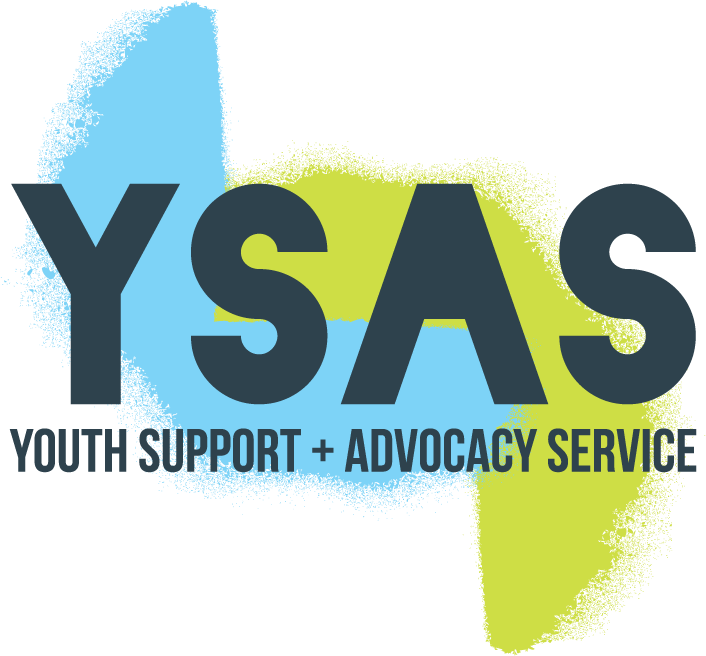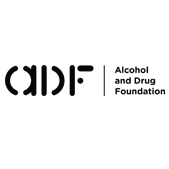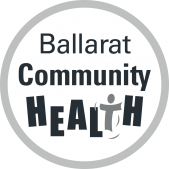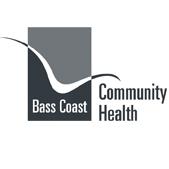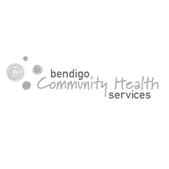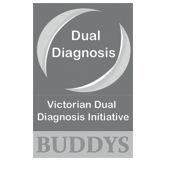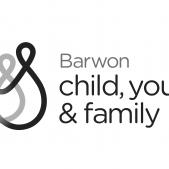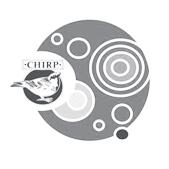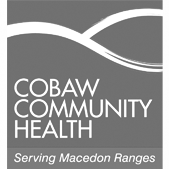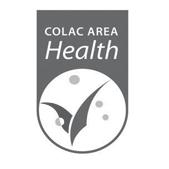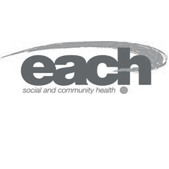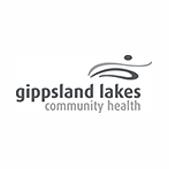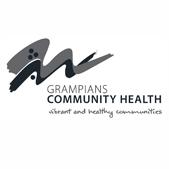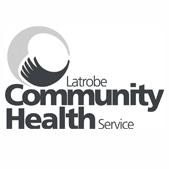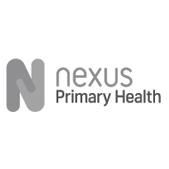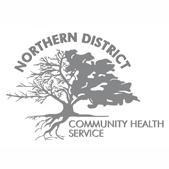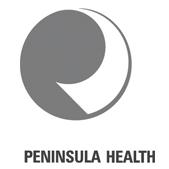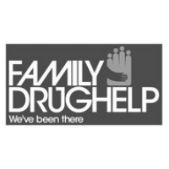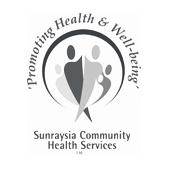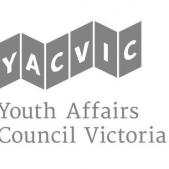Youth AOD Work
The importance of accurate and balanced info
Many of us are familiar with an approach to providing drug information that exaggerates the dangers of substance use, highlighting a worst case scenario in the hope of scaring young people off trying substances.
This approach emphasises risks, problems and deliberately excludes a discussion about the “desired effects” of drugs or an exploration of what someone may get out of drug use in the mistaken belief that doing so may encourage a young person to use drugs.
But how effective is this approach? Here are a couple of things to keep in mind:
- Providing drug information where the primary message is ‘drugs are bad’ will not only leave young people who do dabble in substance use unprepared to keep themselves safe but can also be counterproductive – glamorising substance use and discouraging the development of informed decision making.
- A worker who talks only about the harms of substance use, runs the risk of losing credibility amongst young people who may have already tried a substance and had no adverse effect.
- Without mentioning the desired effects and exploring why young people may use drugs the message can be interpreted as “using drugs are a dumb choice”. This can make it hard for young people to seek help for fear of being judged.
An approach that focuses on provision of accurate and balanced information, accepts that there are different views about drug use and encourages young people to explore a range of views is far more beneficial.
We recommend using YoDAA’s info for young people or families as a starting point for the type of info to provide.
